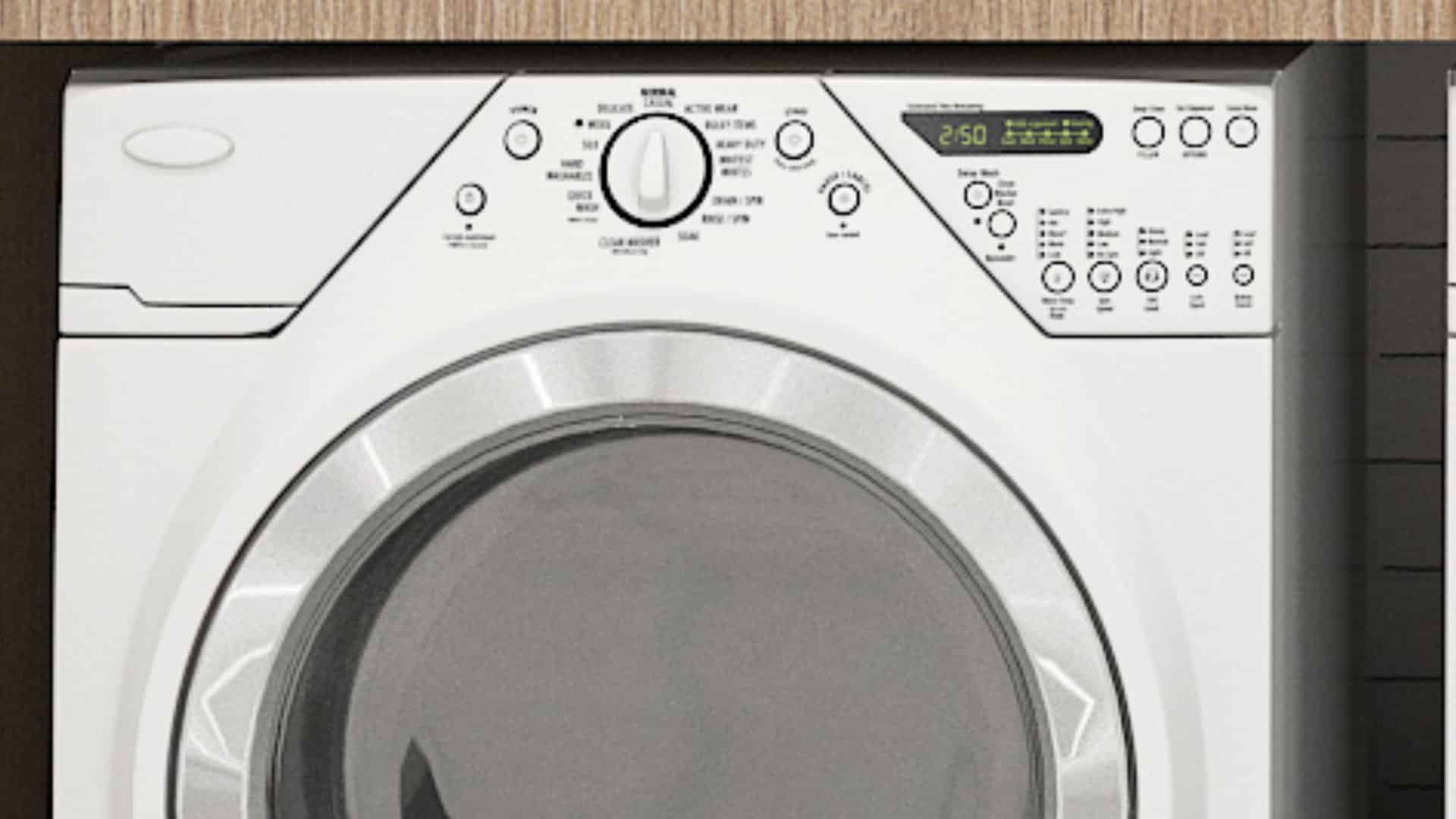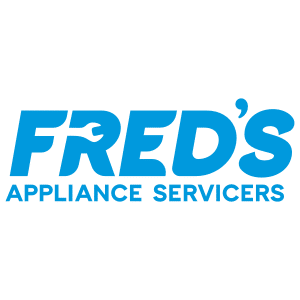According to the National Fire Protection Association (NFPA), dryers and washing machines were responsible for roughly one out of every 22 residential house fires during 2006 to 2010. In 2010 alone, there were 16,800 residential structure fires reported to U.S. fire departments, 92% of which involved clothes dryers. So, how do you know if your clothes dryer is a potential fire hazard?
Overheating
We discussed this in a previous blog post, but it’s worth mentioning again that overheated clothes dryers may trigger a house fire. Most modern-day dryers operate by blowing hot air over the clothes and dispensing it out through the exhaust vent. If the unit becomes too hot, the cycling thermostat will automatically turn off the heating element to prevent a fire from occurring. However, a broken or otherwise malfunctioning cycling thermostat and/or heating element may cause the heating element to remain active; thus, increasing the risk of a fire.
Sources of Ignition
Heat alone usually isn’t enough to trigger a house fire. The clothes dryer must be in close proximity to a combustible material to start a fire. The Federal Emergency Management Administration (FEMA) identified the leading sources of combustible dryer fires as the following:
- Dust, fiber, lint
- Clothes
- Soft goods, wearing apparel
- Appliance housing or casing
- Linens (not bedding)
- Electrical wire, cable insulation
Lint Filter
Being that “dust, fiber and lint” are the number one source of combustible material for dryer-related house fires, you should get into the habit of cleaning your dryer’s lint filter between each and every load of laundry. Allowing lint and debris to accumulate here may restrict the flow of hot air and gas through the exhaust. So instead of the heat traveling to the outside of your home, it may built up to dangerous levels inside the drum.
Exhaust Ducts
In addition to cleaning the lint filter, you should also perform some routine cleaning/maintenance on the exhaust ducts. Even if the filter is clean, a dirty and/or blocked exhaust system may also restrict the flow of hot air and gasses. If you believe your exhaust ducts are clogged, turn your dryer on and go outside to see whether or not air is freely flowing out. Normally, the exhaust air should blow out the vent, but lint and/or debris buildups may prevent this from happening.
Depending on the size and scope of your dryer’s exhaust system, you may be able to clean it yourself. However, larger systems may require the professional expertise of either an appliance repairman or HVAC technician.

How to Fix the nF Error Code on a Samsung Washer
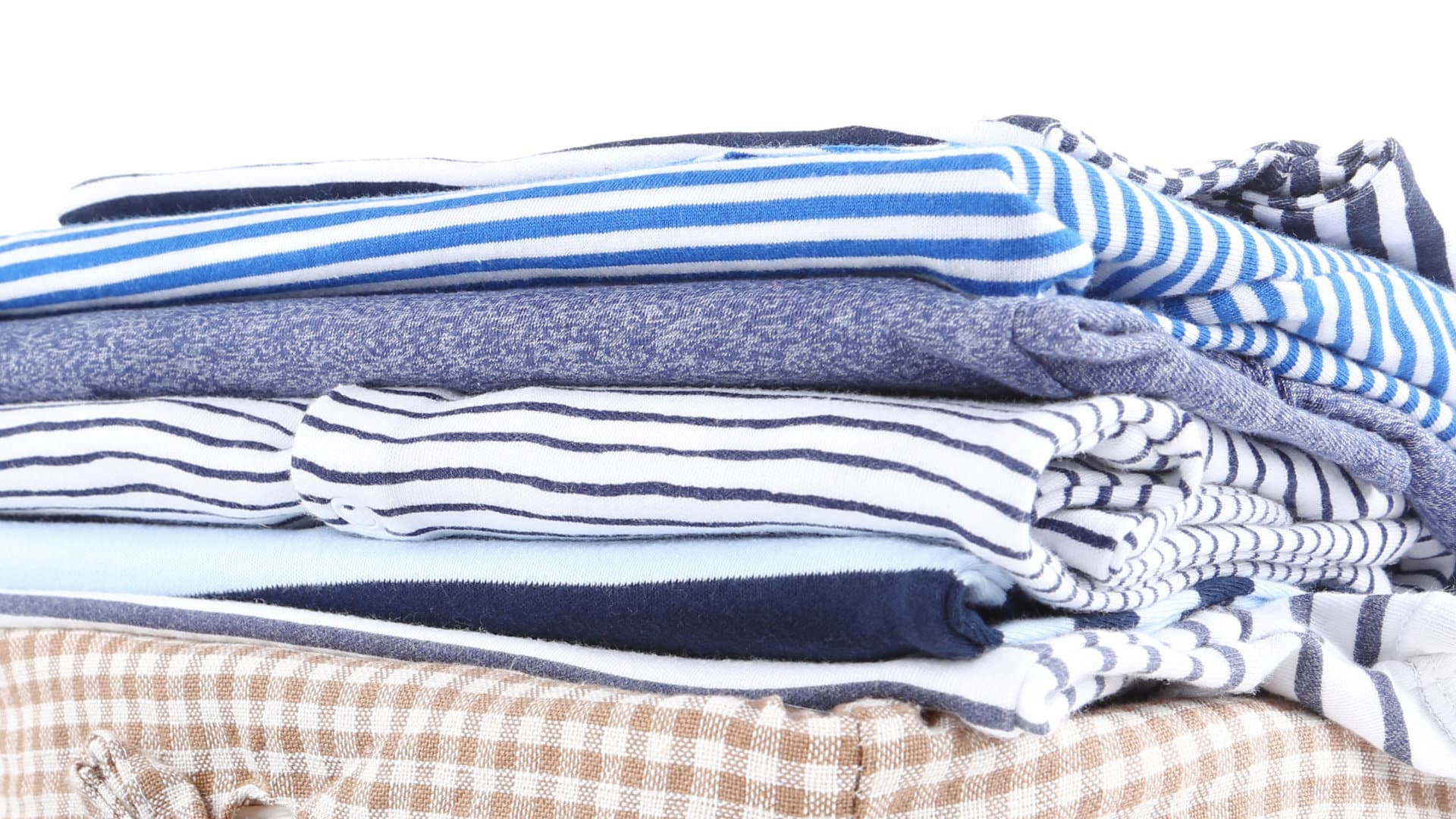
Kenmore Elite Dryer Issues: How To Troubleshoot
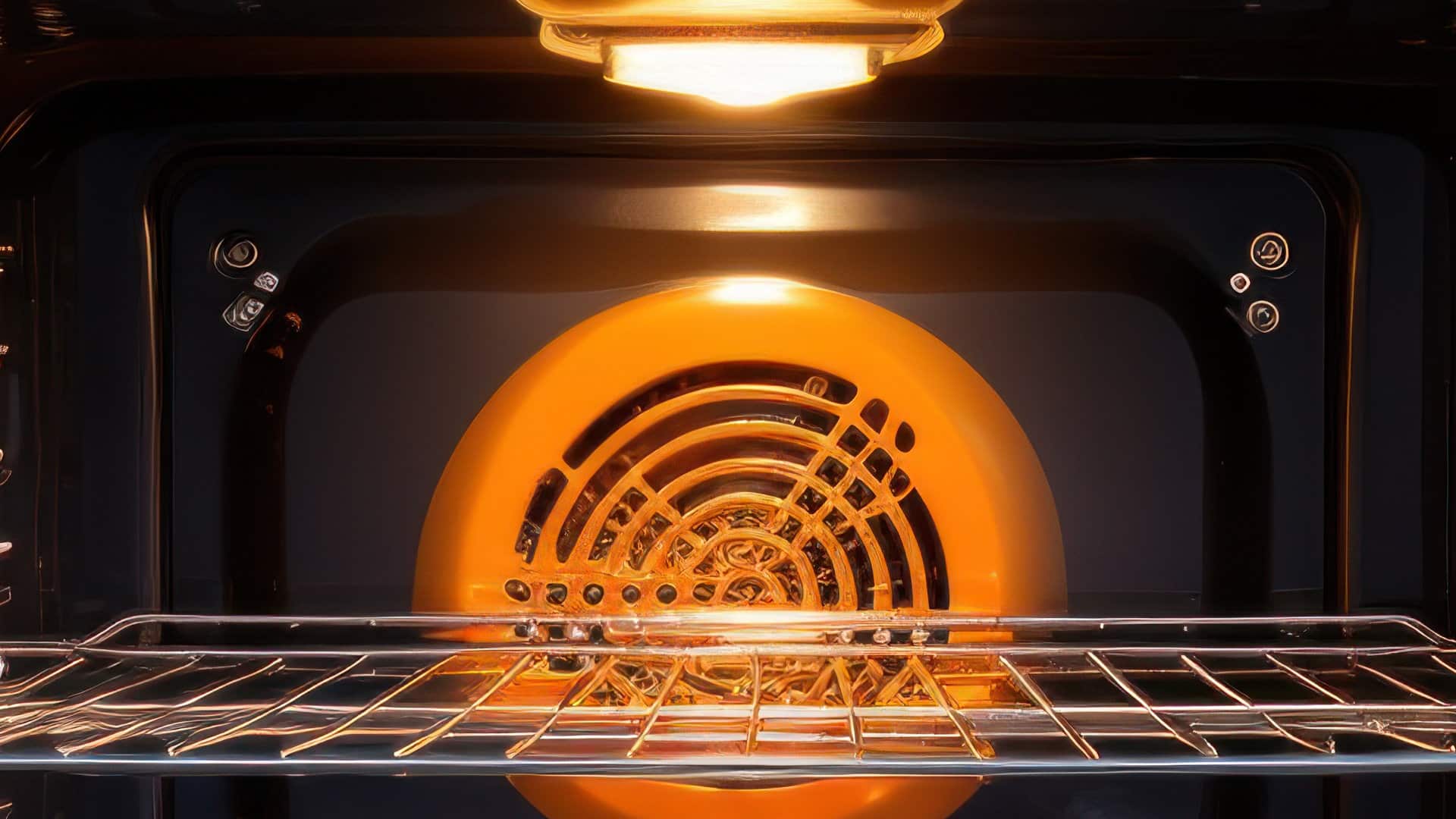
Microwave vs. Oven: Pros and Cons and How They Differ
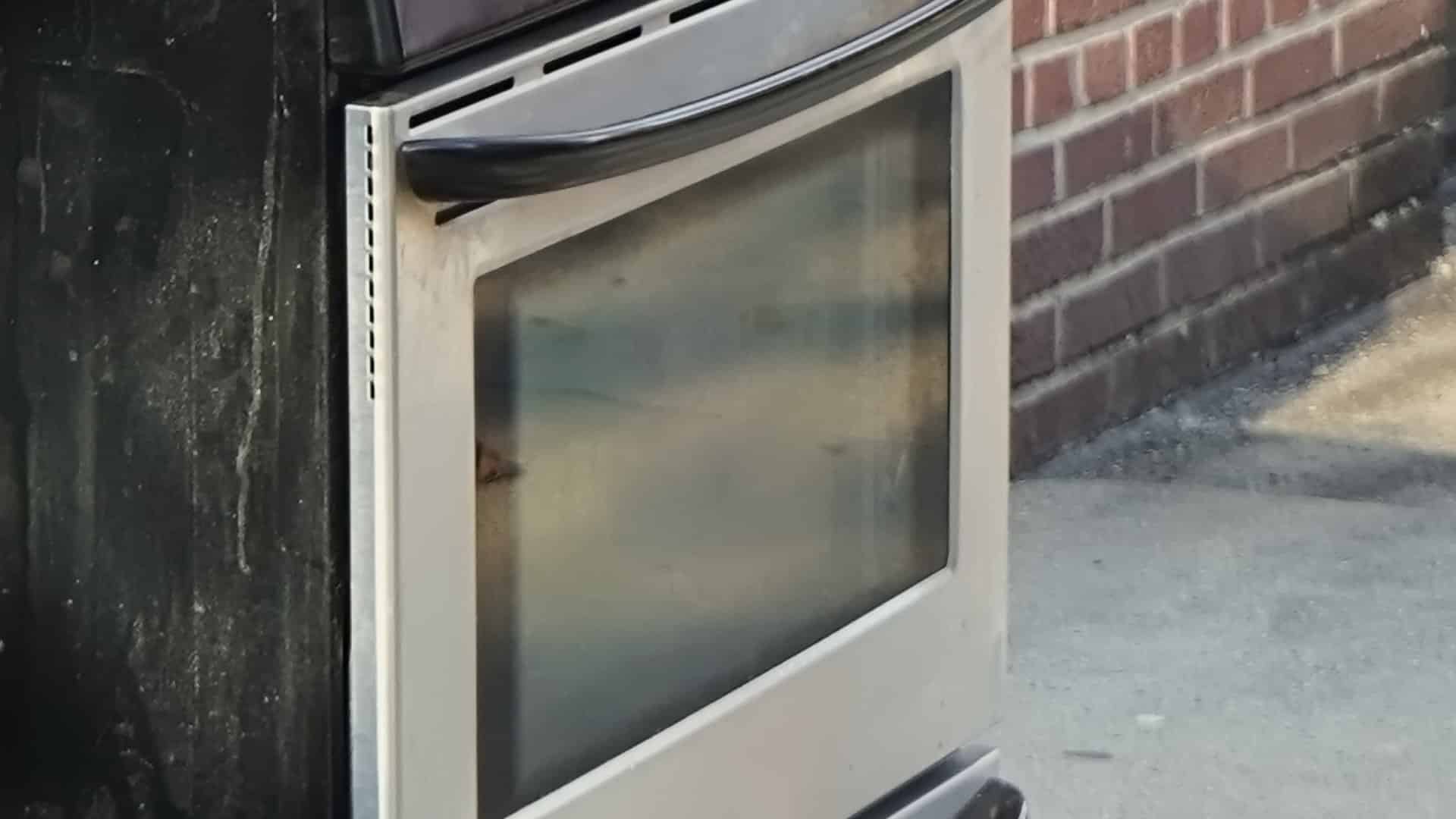
Self-Cleaning Oven Smell: Causes & Odor Reduction Tips

Frigidaire Ice Maker Not Working? 7 Ways to Fix It
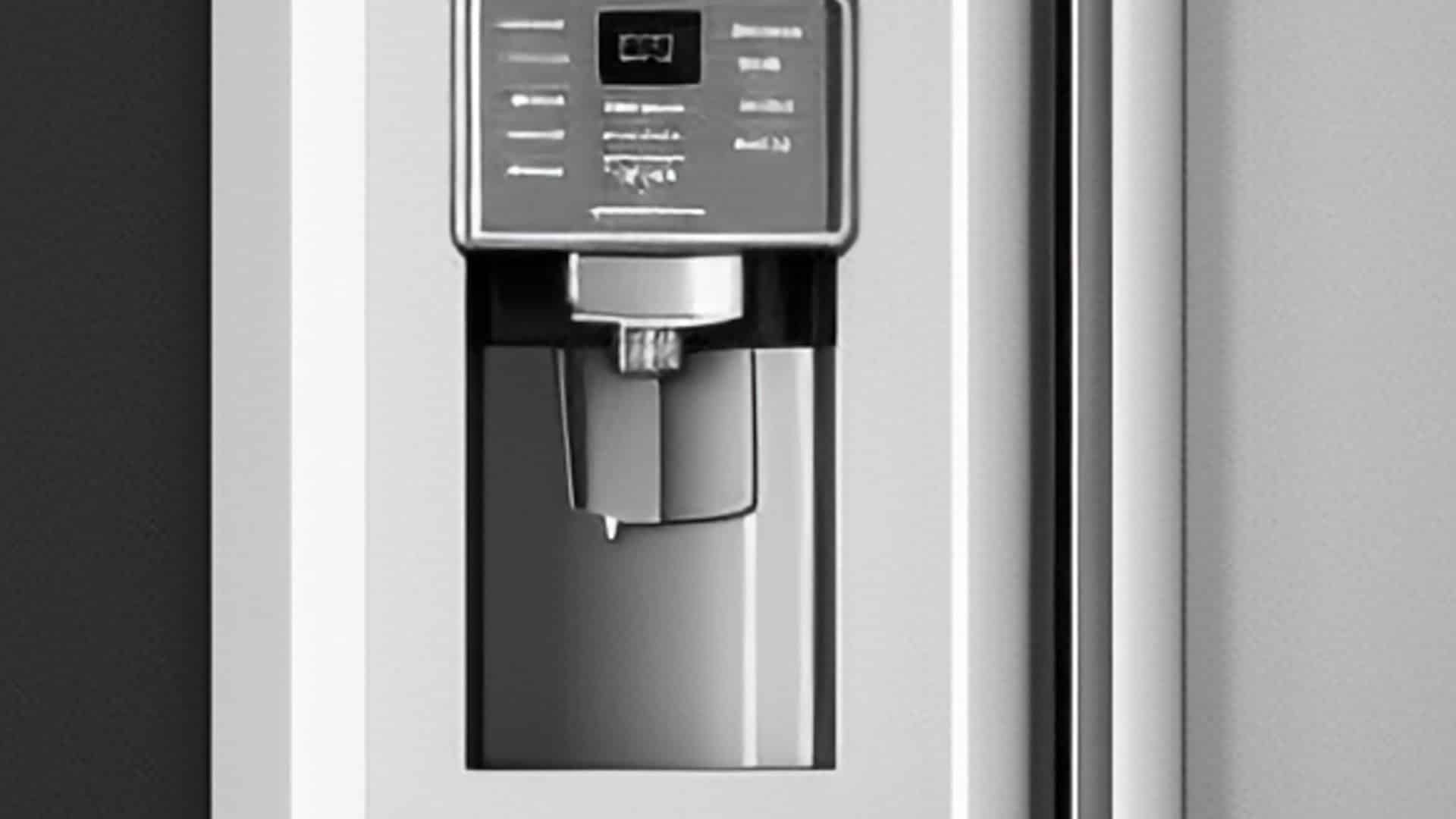
Why Is Your LG Refrigerator Not Cooling? (9 Common Reasons)
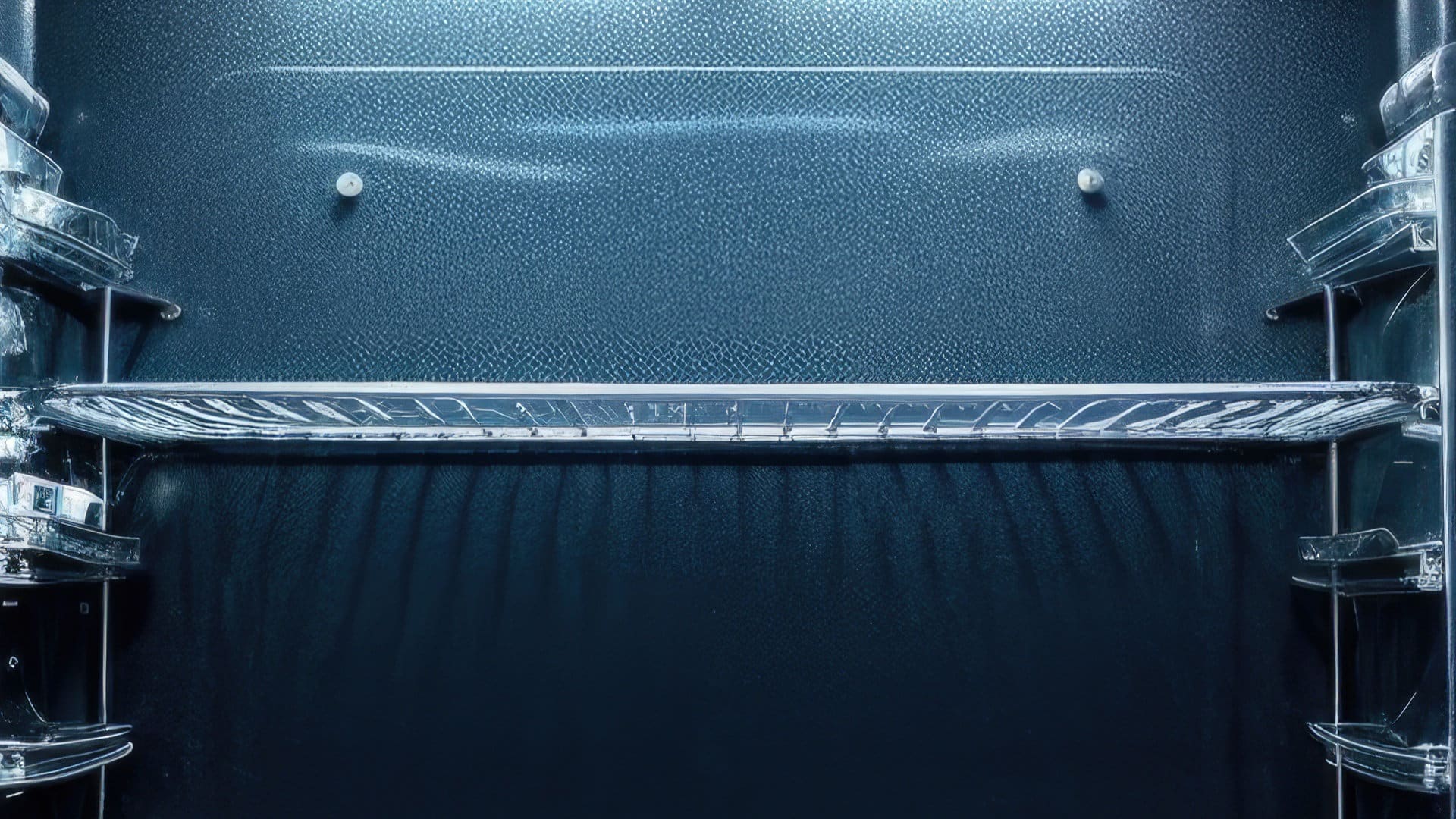
GE Oven F2 Error: Causes & Solutions
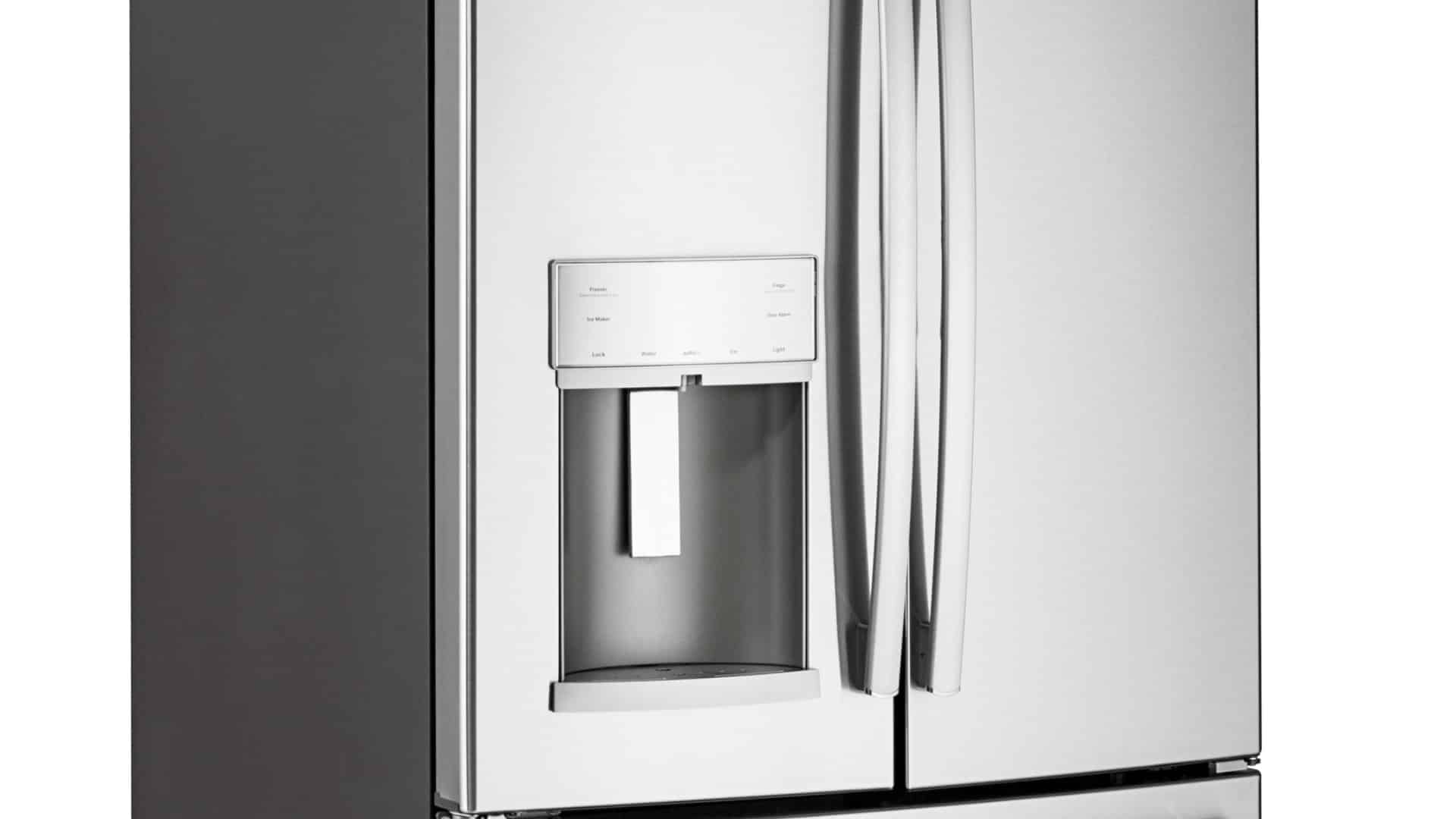
How to Reset the Water Filter Light on a Samsung Refrigerator
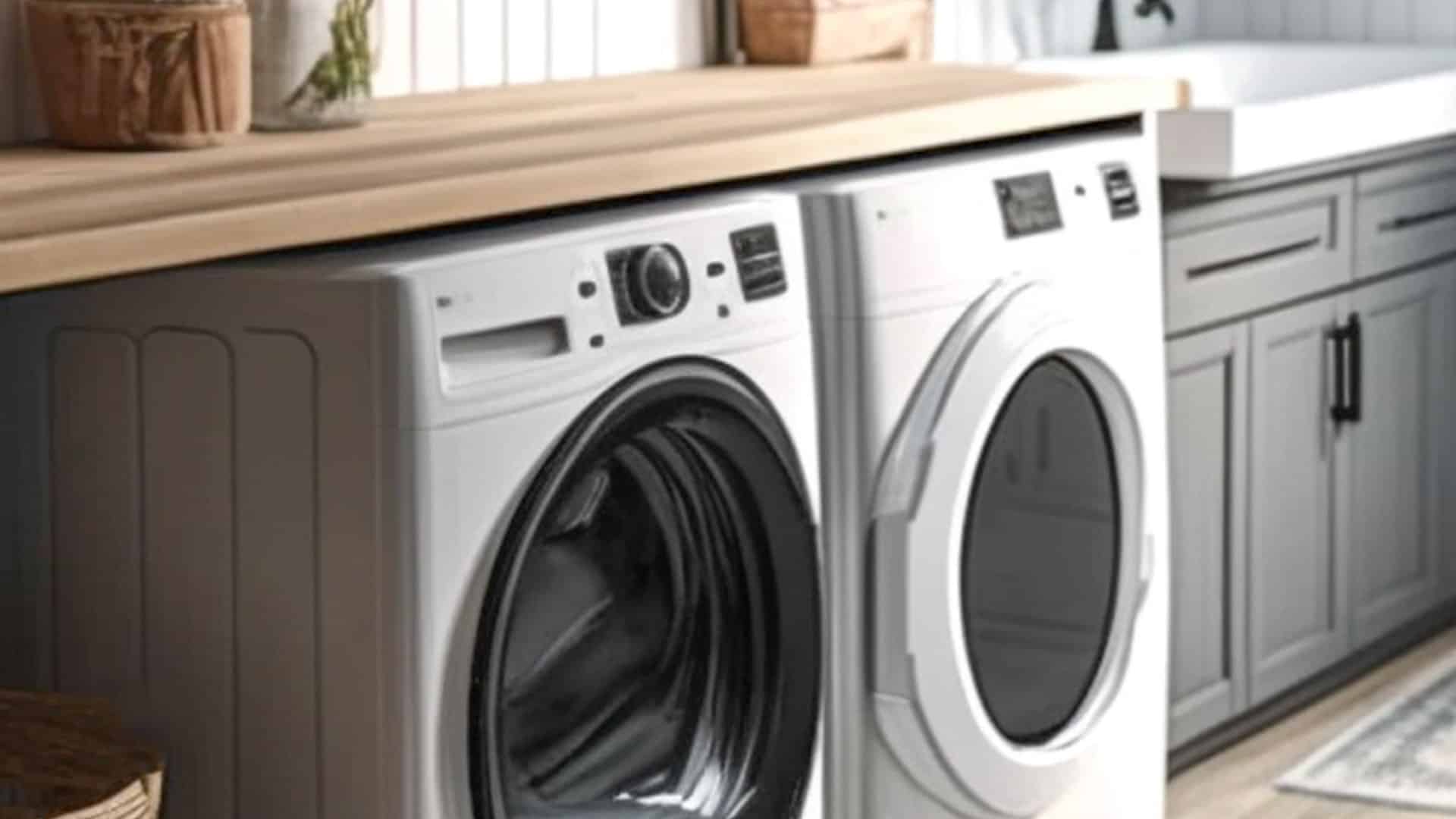
Maytag Washer Showing F5 Error Code? Here’s What To Do
